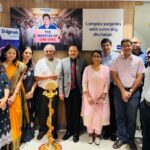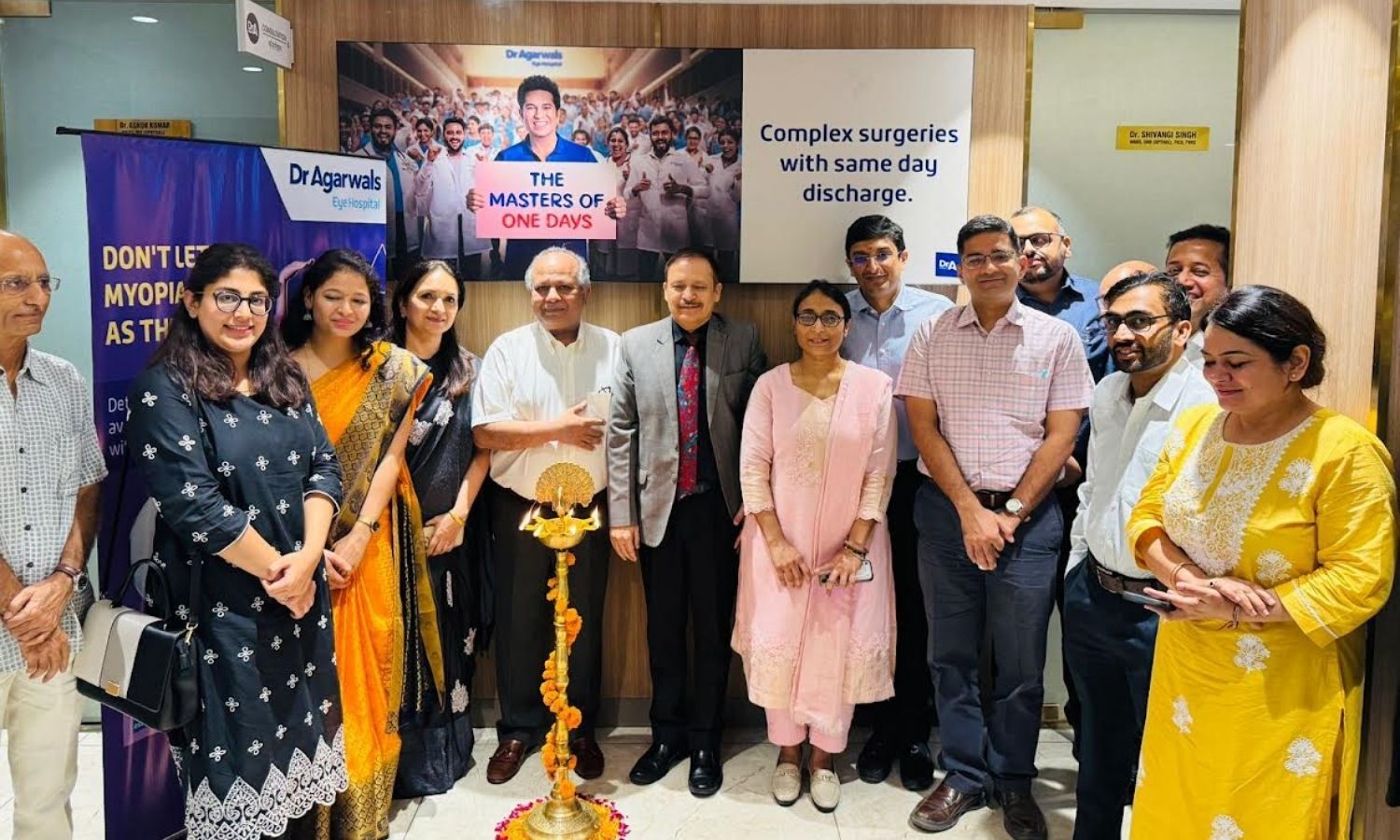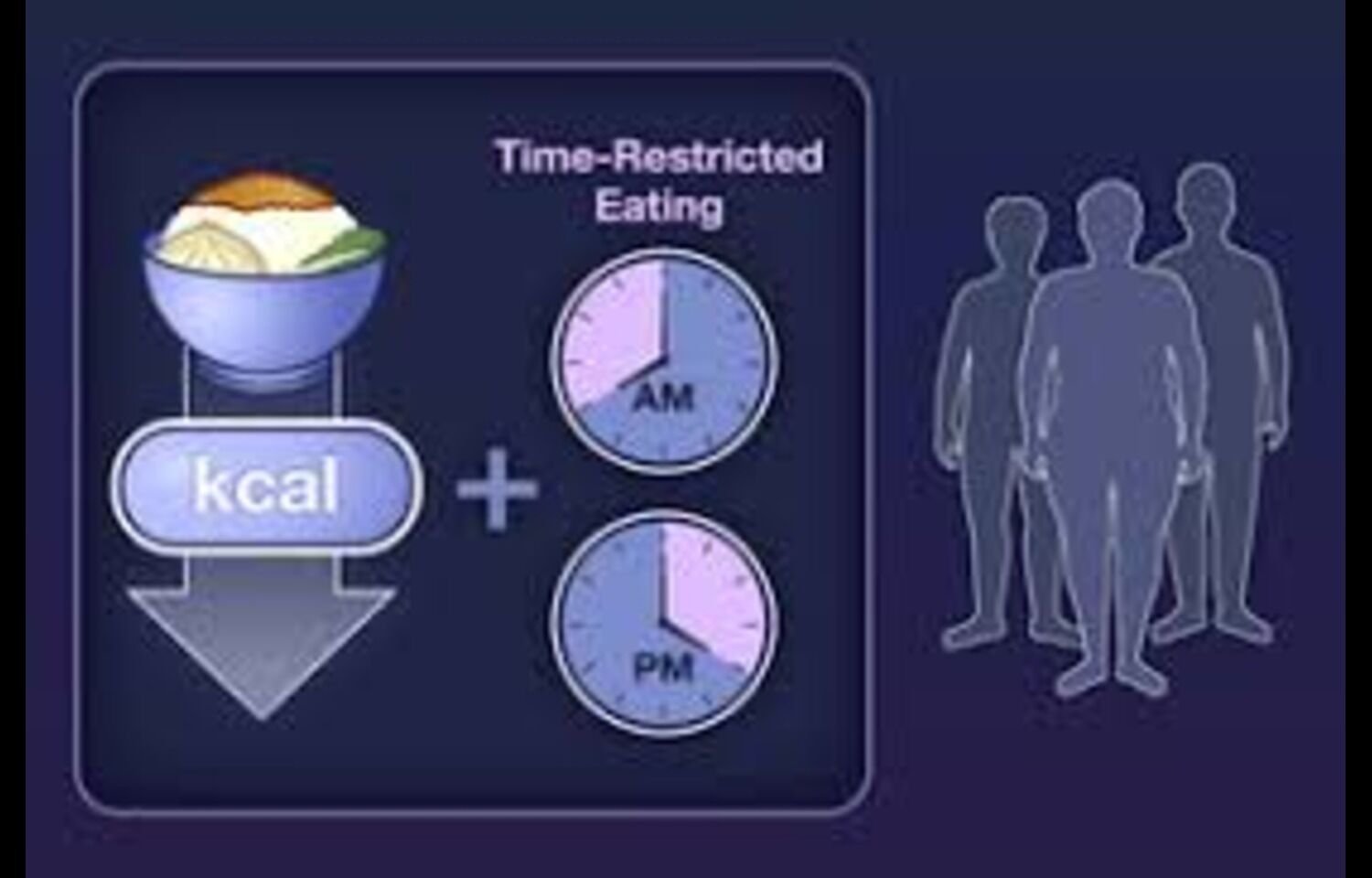October 07, 2025
4 min read
Key takeaways:
- African American women with triple-negative breast cancer had similar tumor mutational landscape as white women and Asian women.
- Researchers identified two pathways of disease development.
Race does not significantly impact tumor mutations of triple-negative breast cancer, suggesting genetics and environmental factors are the likely reasons African American women have greater disease burden.
Researchers evaluated more than 450 tumor samples from African American women and found them to be like those of white and Asian women.

African American women had similar somatic mutations in their triple-negative breast cancer tumors as white and Asian women. Image: Adobe Stock.

Song Yao
“This led us to think that the disease biology of triple-negative breast cancer, at least at the level of somatic mutations, is the same across all populations,” Song Yao, MD, PhD, professor of oncology and director of molecular epidemiology in the CCSG population sciences program at Roswell Park Comprehensive Cancer Center, told Healio.
‘Significant gap’
Triple-negative breast cancer accounts for 10% to 15% of all breast cancer diagnoses, according to study background.
PARP inhibitors and immune checkpoint inhibitors have improved outcomes, but triple-negative disease still has the highest mortality and recurrence rates of any breast cancer, Yao said.
Triple-negative breast cancer does not impact all women equally though.
In the U.S., African American women have nearly double the incidence rate as white women (25.2 cases per 100,000 vs. 12.9 per 100,000).
Researchers have hypothesized multiple reasons for these disparities, including differences in tumor biology, genetics, or social and environmental exposures.
Yao and colleagues felt research into tumor biology lacked critical data.
“There have been very few genomic studies looking at the mutational features in African American women,” Yao said. “There have been a few large studies for European/American women and Asian women, but not much so for African American women. It’s a significant gap that we need to address given the high disease burden in African American women.”
The researchers used whole-exome and RNA sequencing to evaluate triple-negative breast cancer samples from 462 African American women (average age at diagnosis, 53 years; standard deviation, 11).
Tumor mutational landscape for African American women served as the primary endpoint.
‘This biology is similar’
African American women had similar somatic mutations in their triple-negative breast cancer tumors as white and Asian women.
“Most of the genes are similar. The mutation frequencies are similar,” Yao said. “There are some differences, but those differences are quite small. It’s not as huge as you would expect to see if the disease biology is different.”
The findings did not surprise Yao.
“If certain genes lead to triple-negative breast cancer in European/American women, I would think they would also lead to triple-negative breast cancer in African American women,” he said. “At the molecular level, I think this biology is similar.”
Researchers did find two etiological pathways for disease development. Homologous recombination deficiency signatures drove disease in younger women. These patients tended to have BRCA1 and BRCA2 mutations, immunogenic tumors and better survival.
Conversely, they found an age-related signature in older women. These patients had higher BMI and worse survival.
“That’s quite fascinating to me,” Yao said. “Usually triple-negative breast cancer is associated with younger women. Now we see aging plays a quite important role in triple-negative breast cancer. More fascinating is that for those aging signatures, we also observed a very interesting association with obesity. That means in older women with a larger body size, they actually are at increased risk of triple-negative breast cancer. This is a population we usually do not think for the triple-negative phenotype. This certainly gave us some more nuance in our understanding of the disease etiology.”
Yao and colleagues also found nearly all the tumors (95%) had TP53 mutations. Previous studies showed the mutational burden to be around 80%.
“Whether that’s a real difference, we’re not sure. It could be because previous studies missed some TP53 mutations,” Yao said. “My hypothesis is that TP53 is probably more prevalent in triple-negative breast cancer than previously realized in all populations.
“What does that mean clinically? It’s still unclear because TP53 is undruggable. It’s not just in breast cancer, but in many other cancer types, too. There are some newer strategies trying to target TP53 or the same signaling pathway. If [they work], that would be a great news for African American women, with almost all of them having TP53 mutations. This can be targeted. I think that would be very exciting to see down the road.”
Researchers acknowledged study limitations, including that all patients were diagnosed and treated before common use of targeted treatments and immunotherapy.
Genetics and environment
Yao highlighted germline genetics as the next step in researching these racial disparities.
“There’s evidence to show that African ancestry actually is related with higher risk of triple-negative breast cancer,” he said. “We don’t know exactly why. There’s an ongoing study in our group. We are looking at how genetic ancestry and germline genetics might be contributing to higher risk of triple-negative breast cancer.”
Yao and colleagues have a particular interest in genes associated with African ancestry.
Environmental studies are warranted, too, but likely will be more difficult to conduct.
“The social and cultural exposures, those are messier,” Yao said. “We do not do a good job measuring them and tracking them because they also change. Their role in the disease etiology, particularly for triple-negative breast cancer, has not been really well studied.”
Any insights into environmental exposures could be significant as they may be modifiable risk factors, such as obesity.
Then there is environmental-genetic interaction.
“I think both genetics and environment play very prominent roles,” Yao said. “Currently, we have better tools to study genetics, but at the same time we should not ignore the environmental factors. I think that’s going to be very important, as well.”
For more information:
Song Yao, MD, PhD, can be reached at song.yao@roswellpark.org.










